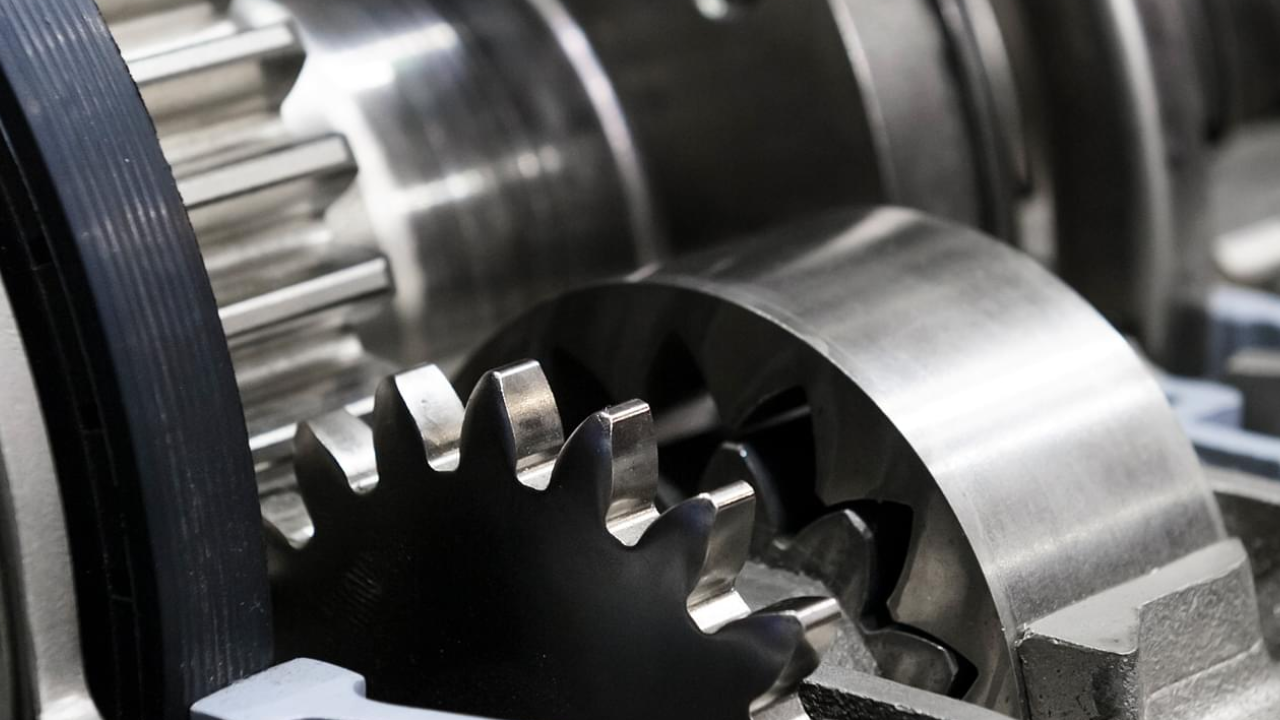Multiple components work to create an engine's brilliance. The solenoid for the timing-control valve is one of these unsung heroes. It functions as a minor but important piece of the puzzle that makes the engine run as efficiently as possible. This might be a small piece but it is very important for your car.
To learn what the A-Premium timing-control valve solenoid accomplishes, Read this complete guide with a straightforward examination of the automotive machine. In this discussion, you will learn a lot about how to detect when it is not doing its function correctly. Let's check out this article to solve all of your problems related to the A-Premium timing-control valve solenoid.
What is Timing-Control Valve Solenoid
A high-quality timing-control valve solenoid is an important component of an automobile engine system. It works as a gatekeeper by controlling the oil flow to the camshaft timing control valve. It works effectively and efficiently to produce the best performance of your car. Its efficiency involves changing the timing of the camshaft, which is typically hidden from view.
It is a type of testament to the inventiveness that goes on in the background as automotive technology advances. By regulating the oil flow you can easily improve the efficiency of the engine. By learning more things about this simple but important part we can decide how well our car is doing.
The Silent Conductor: How It Works
Consider the solenoid controlling the timing- control valves, a conductor that directs a complex performance from behind the scene. This gadget reacts to a command from the engine control modules. It is a combination of electricity and mechanical power. The solenoid functions as a master switch, opening or shutting a valve that directs oil flow to the camshaft timing control valve in response to a signal.
The timing-control valve solenoid doesn't like the spotlight and is typically found sitting on the engine block or tucked away inside the cylinder head. The camshaft timing control valve and the oil passageways can interact thanks to its strategically placed, which is essential to its function.
Sensing Trouble: Signs of a Fading Solenoid
Much like the engine's heartbeat, the timing-control valve solenoid should be checked regularly to ensure it's performing at its best. Recognizing the subtle hints of a potentially failing solenoid can save you from future engine troubles:
Misfiring Engine
An engine misfire resembles a blip in the steady beat of engine activity. A timing-control valve solenoid that is having trouble controlling oil flow to the engine's valves may be the cause of your engine not firing properly, which may result in a loss of power and a harsh idle.
Engine Stalling
Indian stalling may be terrifying and dangerous. Especially when moving at a greater speed it becomes more dangerous. Imagine your engine taking a nap in the middle of the road. An old solenoid can be to blame for these unexpected shutdowns. So it is very important to take care of each detail.
Slow Acceleration
Is it taking a long time for your car to accelerate? Sluggish acceleration could be the result of a broken solenoid. The solenoid that controls valve timing, if it has a problem, could impair your engine's performance and responsiveness.
The Warning on the Dashboard
The dashboard of your car serves as a hub for communication, not merely a collection of attractive lights. Your car may be trying to tell you something is wrong with the timing-control valve solenoid if the check engine light starts blinking. This warning light acts as a gentle reminder to give your engine the care it needs.
Conclusion
In a nutshell, if you adopt such cutting as a solution to fix your automobiles. They will work perfectly. You can enjoy the ride while minimizing the impact on the Environment thanks to the balance between optimal automobiles and pure air. They keep in mind that the timing control valve solenoid is working behind the scenes to provide smoother travel.


